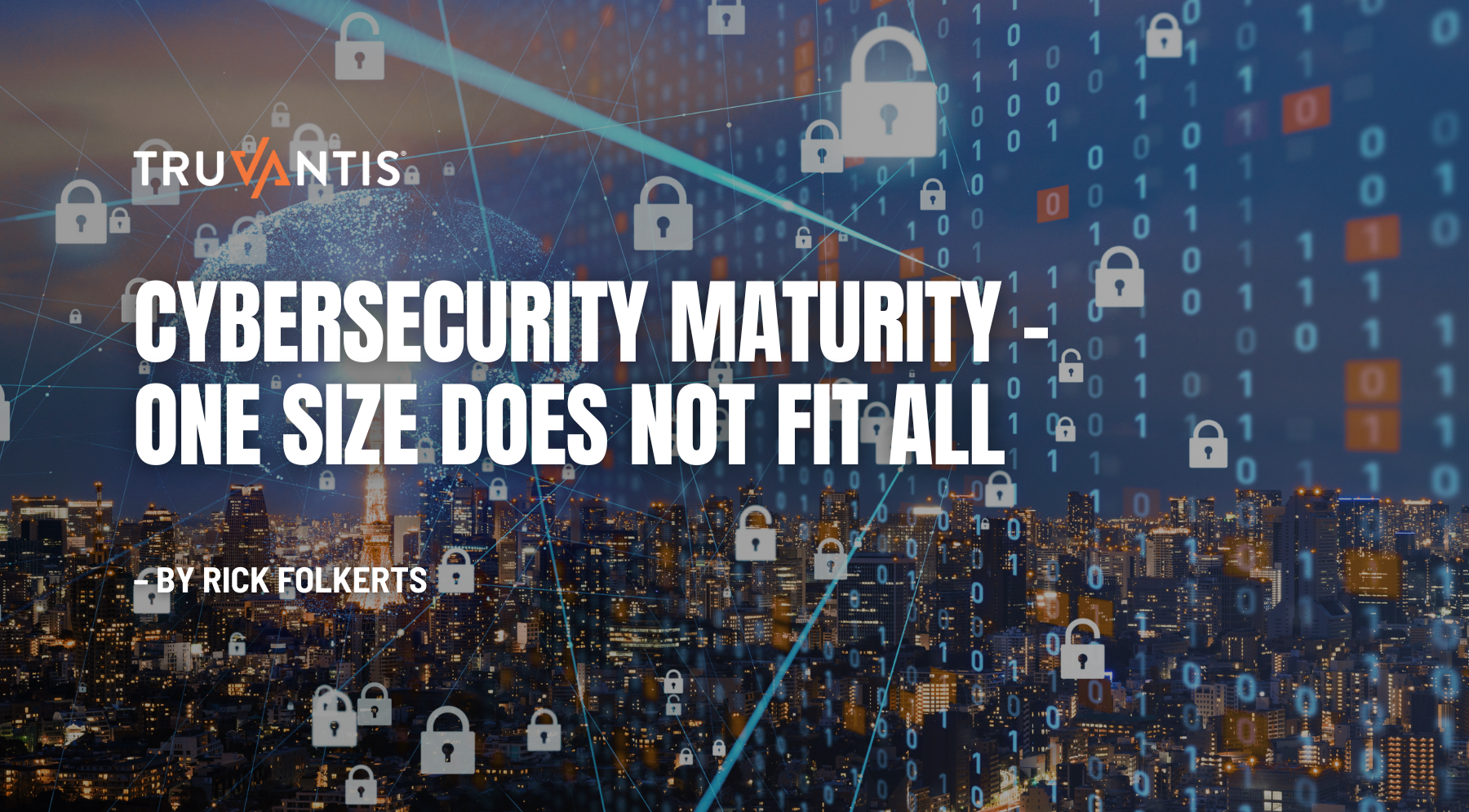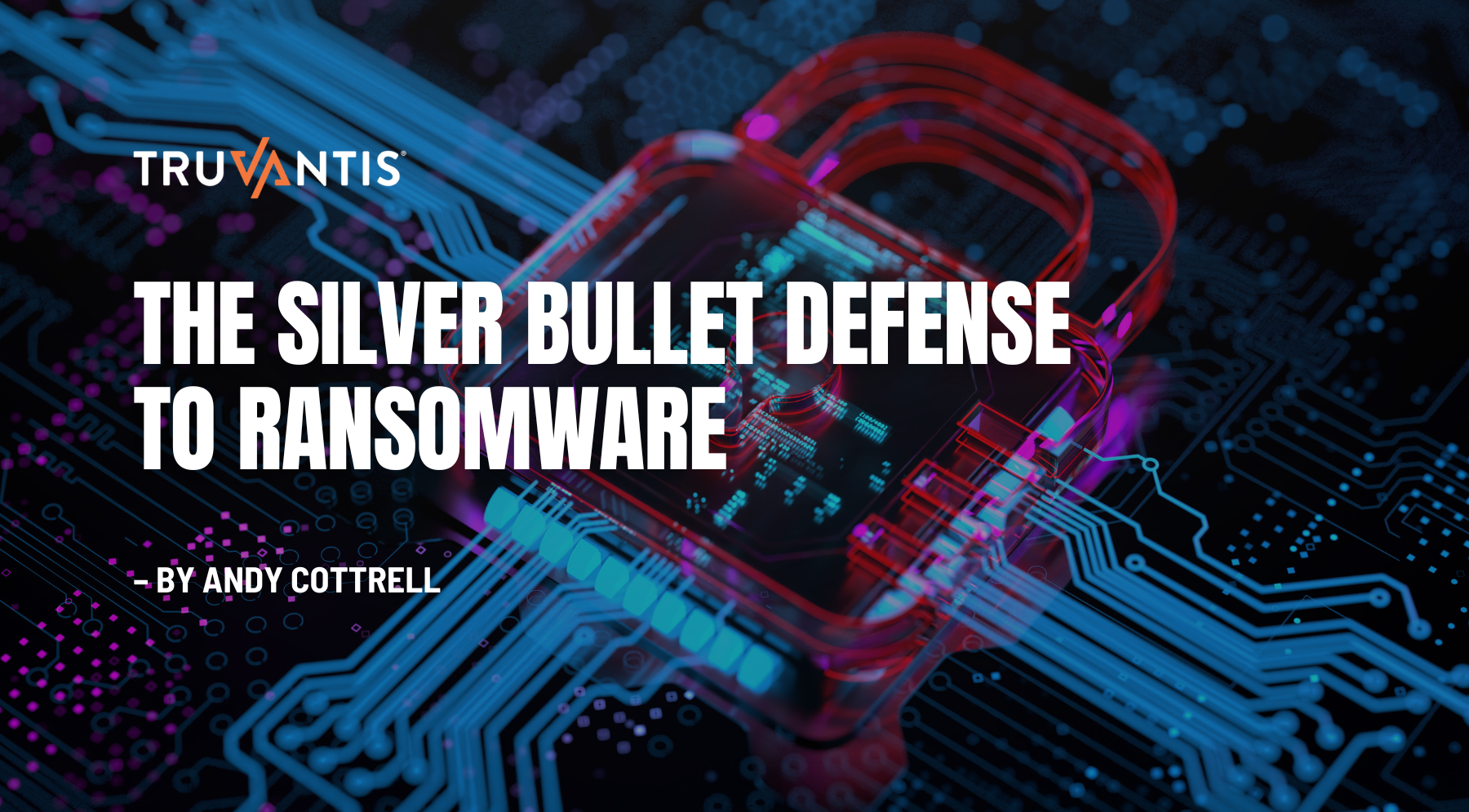You likely need a risk assessment for compliance. PCI DSS 4.0, SOC2, ISO 27001, NIST, HIPAA, and other standards require a risk assessment as a fundamental part of a robust security program— and they're right to make this fundamental analysis a requirement. However, preparing for and executing a successful compliance audit is expensive and resource intensive. A proper risk assessment can help ensure you get the best return regarding compliance AND security. It is a foundational building block for any company's information security program, and here's why.
What Exactly is a Risk Assessment?
In simplest terms, a risk assessment is a way to calculate the "bad things that could happen to your business versus the cost of reducing the probability those things could occur." The risk assessment empowers smarter judgment calls by outlining each potential threat against a vulnerability and calculating the probability of the risk occurring.
Let's dive deeper into how a risk assessment works.
What is Reviewed During a Risk Assessment?
Here's a quick overview of our risk assessment process at Truvantis:
Step 1: Gather all assets. Anything valuable is compiled for review, such as your current systems, sensitive data, etc.
Step 2: Assess your vulnerabilities. Our team looks for any way your assets could be exploited. We outline any vulnerabilities and potential threats to the security of each.
Step 3: Match threats to vulnerabilities. Every vulnerable asset is matched with its potential threat to form a "risk scenario." For instance, a flaw in your website's code is your vulnerability, and the threat: is a hacker.
Step 4: Forecast probability. Next, we look at how likely this threat could happen. Then, we'll assess how many times of the year it could happen and project the impact of the exploitation.
Step 5: Outline a treatment program. All this information is then put into a matrix, which is referred to as a "risk register." This risk register has a "treatment program" detailing how we could help to mitigate, avoid, transfer or accept your risks. It ranks all the threats and vulnerabilities compiled on your risk scenario by severity, budget requirements, expertise needed (like internal vs. external consultation), etc., to help you prioritize how/when to address each issue.
Why is Performing a Risk Assessment Important?
Many myths about risk assessments are used as justification not to get one. For example, some assume that risk assessments are too time-consuming, that they'll tell you things you already know, and that they're a waste of time."
All of the assumptions we discussed in the linked article above are untrue— and risk assessments are critically important!
Why? Here are three big reasons to invest in a risk assessment.
- Risk assessments help to protect you against data breach. Perhaps one of the biggest reasons companies choose to assess their risk is to protect them against costly and disruptive breach of information security. Risk treatments can be ways to protect your business from cyberattacks.
- Risk assessments give you prioritized information regarding your security posture. It's difficult (sometimes impossible) to make dozens of changes to your cybersecurity program at once. A risk assessment gives you a better idea of which tasks are urgent and which can wait.
- Risk assessments help to guide your security investment. It may be hard to see the value in investing in improving your cybersecurity program. However, a detailed risk analysis will determine which vulnerabilities take priority.
About Truvantis
Truvantis is a cybersecurity, privacy and compliance consulting organization. We specialize in helping our clients by implementing, operating, auditing, and testing information security programs balancing budget with risk appetite. Contact us to meet with a risk management consultant. truvantis.com


.png)






